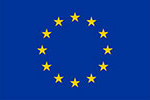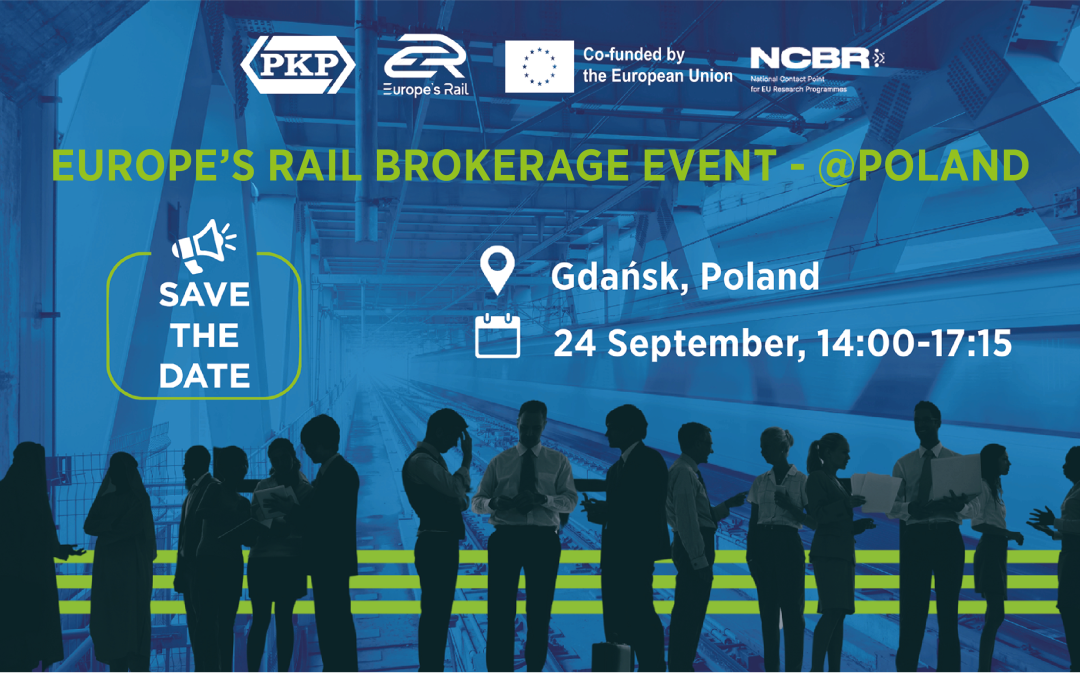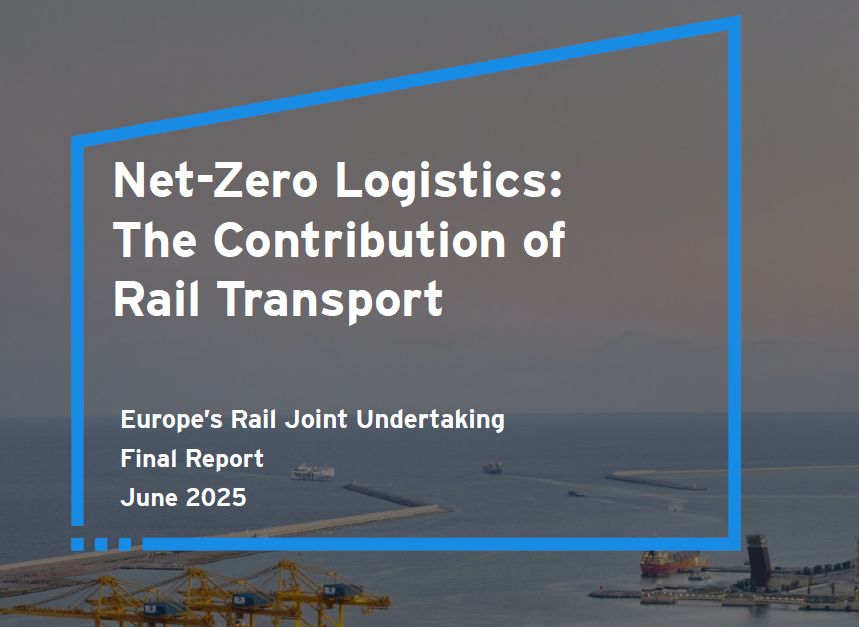Europe must take decisive steps to simplify and modernise its rail systems to strengthen competitiveness,...
D6.1-Specification of Multimodal Travel Solution (Alpha Release)
Output type:
Regional railways play a significant role, not only in serving rural areas in Europe, but also acting as feeders for passenger and freight traffic for the main network. Regional railway lines have an essential function as an environmentally friendly mode of transport. In combination with other public transport services, such as bus, micro mobility services, on-demand services, as well as cycling, walking, and driving, regional rail enables passengers to reach remote stations and places in rural areas. To ensure the long-term viability of regional railways, among other factors, a high service quality and high customer satisfaction are required to make rail an attractive and preferred mode of transport. Regional rail services play an important role in achieving a high customer satisfaction. Every day, passengers rely on regional trains and other regional services for transportation. The key, not only to accomplish customer satisfaction, but to also increase service quality, reliability, and efficiency, is a sophisticated information service. The societal significance of a smoothly running rail service stems not only from railways being an important part of the infrastructure in many European countries, but also from the need to live, trade and travel more sustainably. Within FP6-FutuRe WP6, a highly accurate multimodal travel solution is developed. The goal is to deliver transport service information for first and last mile services, while including passenger transportation and partly combining it with freight transportation. The service information shall be supplied both on-board of regional vehicles, e.g. via personal digital devices, and at regional rail stations. In rural areas with mostly low density of rail services, travellers need to be able to proceed with their journey once they have reached their final railway station. To cater to this need, in this deliverable D6.1, a solution is specified that can inform passengers about which mode is suitable to reach the final destinations. It is considered that there might be delays or other incidents that affect a transport services’ operating schedule and that some travellers may have specific mobility restrictions. Interfaces between rail services and other mobility services, such as demand responsive transport, are helpful to adjust to different scenarios and to operate as efficiently as possible. A possible solution is developed in collaboration of several tasks within WP6 as well as in exchange with FP1-MOTIONAL. The present document explains the Alpha Release outline of our solution, as well as the scope of collaboration with Destination 1 (FP1 -MOTIONAL). The initial specification of the Regional Rail Services solution is defined through user stories and use cases, that specify the key elements of the solution as of M6 of the project. Based on the use cases, a list of requirements has been derived, describing the requirements of the planned solution on a high level. This document is describing the first set of specifications for the solution to be developed within FP6-FutuRe WP6/11. The Final Release Specifications (D6.2) will be based on this present deliverable and will describe the solution in a more detailed way, including technical descriptions of all system functionalities and components, an architecture description, UML diagrams, and a final list of use cases and list of functionalities to be developed and subsequently demonstrated in WP11.
















